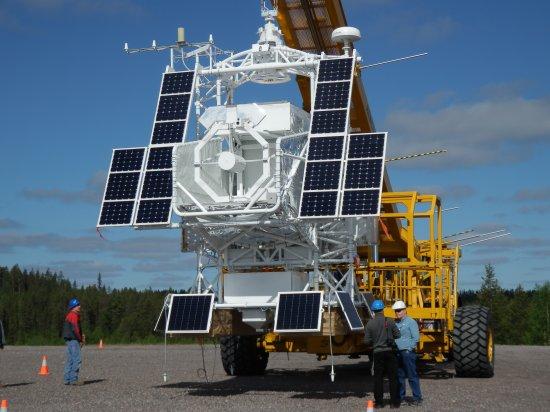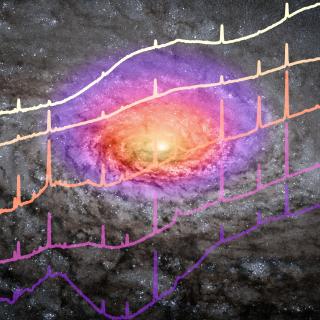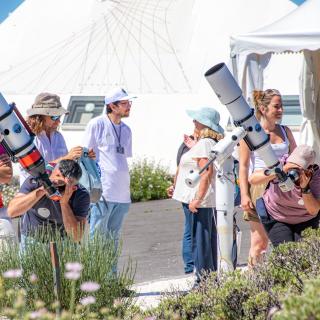Its first flight, which took place in 2009, revealed spectacular activity in regions of the Sun's surface that had previously been considered quiescent.
IMaX is a magnetograph designed and built under the direction of the Instituto de Astrofísica de Canarias, with the participation of the Instituto de Astrofísica de Andalucía, the University of Valencia and the Instituto Nacional de Técnica Aeroespacial.
The telescope's second balloon journey, which is to last five days, began at 07:38 this morning (Spanish local time, 05:38 GMT). SUNRISE, a 1-metre diameter solar telescope, will observe details as small as 100 kilometres across on the Sun's surface. It will study the structure and dynamics of the magnetic field of the Sun's atmosphere from a privileged position, around forty kilometres above the Arctic, where it will avoid both the day-night cycle and image degradation produced lower down in the Earth's atmosphere. Spain's participation in the project is through IMaX, a magnetograph designed and built under the direction of the Instituto de Astrofísica de Canarias, with the participation of the Instituto de Astrofísica de Andalucía, the University of Valencia and the Instituto Nacional de Técnica Aeroespacial.
Video: SUNRISE First flight (86,4 MB) The video shows the launch of SUNRISE on 12 June, 2013, from the Esrange Space Centre, near the city of Kiruna (Sweden). SUNRISE is a one-metrediameter solar telescope designed for observing details as small as a hundred kilometres across on the Sun's surface, and for studying the structure and dynamics of the magnetic field of the Sun's atmosphere from a privileged location - some forty kilometres above the Arctic - to avoid both the day/night cycle and image degradation lower down in the atmosphere. Spain participates in the project through IMaX, a magnetograph designed and built under the direction of the Instituto de Astrofísica de Canarias (IAC), with the participation of the Instituto de Astrofísica de Andalucía (IAA-CSIC), the University of Velencia and the Instituto Nacional de Técnica Aeroespacial (INTA). Credits: IMaX (Imaging Magnetograph eXperiment) team, including the Instituto de Astrofísica de Andalucía (IAA-CSIC), the Astronomy and Space Sciences Group (GACE) of the University of Valencia and the Instituto Nacional de Técnica Aeroespacial (INTA), and the Polytechnic University of Madrid (UPM).



